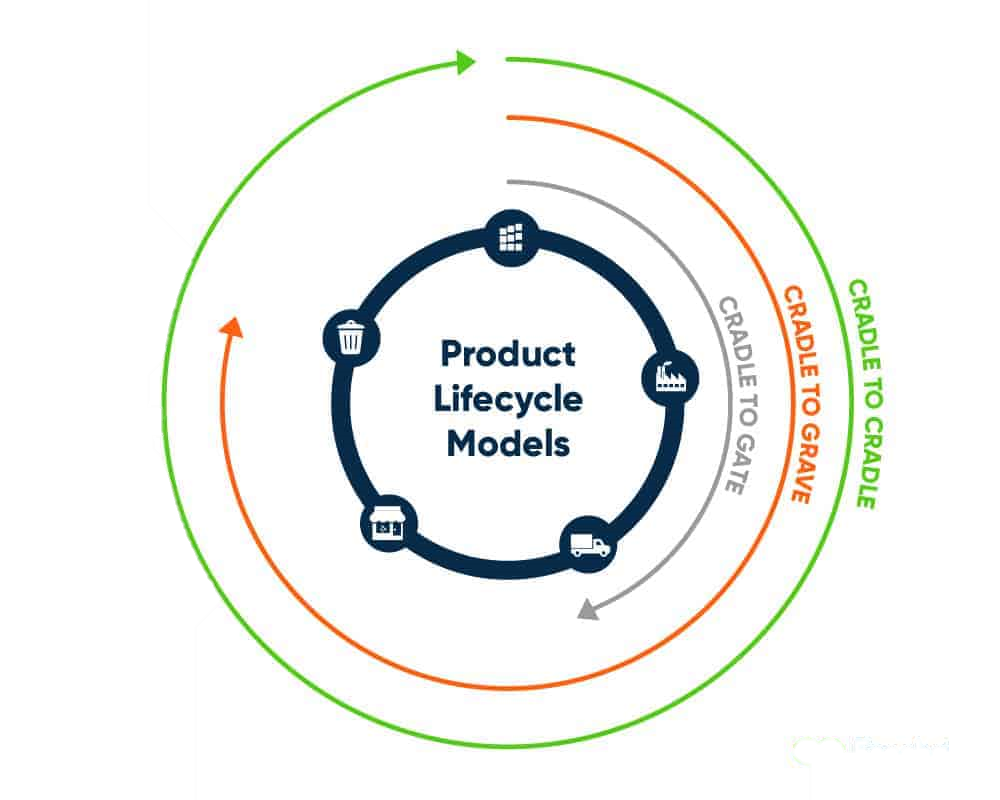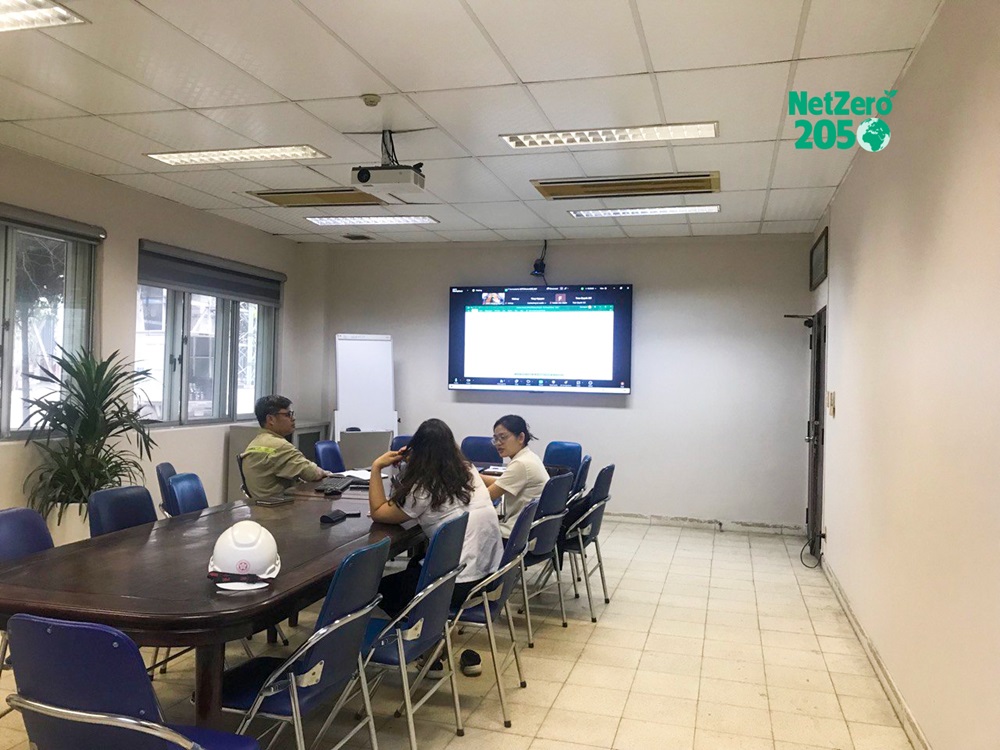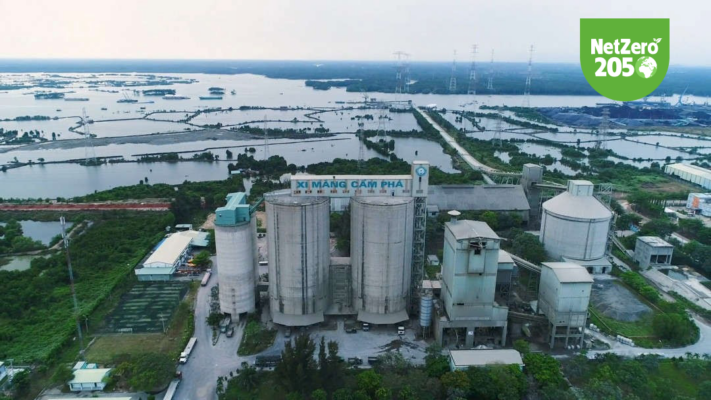A Guide to Data Collection for Life Cycle Assessment (LCA)
Life Cycle Assessment (LCA) is a crucial tool that helps businesses quantify the environmental impact of a product throughout its entire life cycle. To ensure the accuracy and value of the results, businesses need to prepare a complete and reliable dataset. This article outlines the necessary data groups and how to organize the collection process effectively.
1. Define the Assessment Scope and Data Objectives
Before starting data collection for an LCA, the following factors must be clearly defined:
- Assessment Object: Is it a specific product, a product line, or an entire portfolio?
- Life Cycle Scope:
- Cradle-to-gate: from raw material extraction until the product leaves the factory.
- Cradle-to-grave: the entire life cycle until the disposal stage.
- Cradle-to-cradle: a closed-loop life cycle, including recycling.
-
- Assessment Goal: It is necessary to clarify whether the LCA is for internal purposes (process improvement, cost optimization) or external purposes (EPD publication, CBAM documentation, ESG certification). Clearly defining the goal and scope from the outset helps to precisely orient the types of data needed and avoid wasting resources.
2. Necessary Input Data Groups for LCA
a) Internal Production Data
- Energy Consumption: electricity, natural gas, steam, liquid fuels.
- Emissions and Waste: CO₂e emissions, wastewater, solid waste.
- Process Information: operating hours, equipment efficiency, loss rates.
Data Source: engineering, production, energy accounting, or environmental audit departments.
b) Supply Chain Data
- Raw Materials: type, mass, unit, value in use.
- Transportation: distance, vehicle type, frequency.
- Suppliers: specific information for traceability.
Data Source: purchasing department, logistics, ERP system.
c) Use and Disposal Data
- Use Phase Lifetime: average lifespan, standard usage conditions.
- End-of-Life Scenario: recycling, incineration, landfilling, reuse.
If a company lacks actual data, it can apply industry-specific scenarios or international guidelines (such as ISO 14040/44, PEFCR).
>>>Read more: LCA – EPD and the Stages in a Life Cycle Assessment
3. Prioritize the Use of Primary Data
Primary data is information collected directly from a company’s actual operations. It is the core factor that determines the accuracy and reliability of the Life Cycle Assessment (LCA) results. Compared to secondary data, primary data offers significant advantages:
- It honestly reflects actual operational performance.
- It allows for easy verification during publication or auditing processes.
- It increases the level of detail and comparability between improvement options or product redesigns.
In cases where an LCA is intended for external disclosure—such as an EPD (Environmental Product Declaration), ESG report, or documentation under the EU’s CBAM regulation—primary data is often mandatory.
Specifically, for an LCA used for an EPD publication, primary data must cover at least 12 continuous months of operation to ensure it fully represents a typical production cycle.
4. Organize and Manage the Data Collection Process
a) Identify Relevant Departments: Create a list of internal data contacts, including engineering, accounting, operations, purchasing, and environmental management. It is essential to clearly assign responsibilities and deadlines for providing data.
b) Create Templates and Standardize Formats Use a unified data template for units of measurement, file formats, and material coding. This helps prevent errors and facilitates processing with LCA software.
c) Store and Reuse Data Data should be stored centrally, with the ability to be retrieved for subsequent assessment periods or for scope expansions (e.g., adding more products, conducting a corporate-level assessment).
>>> Read more: LCA – EPD Và Các Giai Đoạn Trong Đánh Giá Vòng Đời Sản Phẩm
Conclusion
A successful LCA project depends significantly on the quality and structure of the input data. Businesses need to build a clear data strategy, prioritize primary data, and combine a scientific collection process with appropriate support tools. This not only helps optimize operational costs but also builds a foundation for medium- and long-term sustainability goals.
If your business needs expert advice on data for LCA, EPD, or CBAM documentation, please contact our team of experts for detailed guidance and a data collection toolkit tailored to your industry and objectives.
CIC Technology and Consultancy Joint Stock Company – Hotline 033.226.8626 – 0866.059.659





